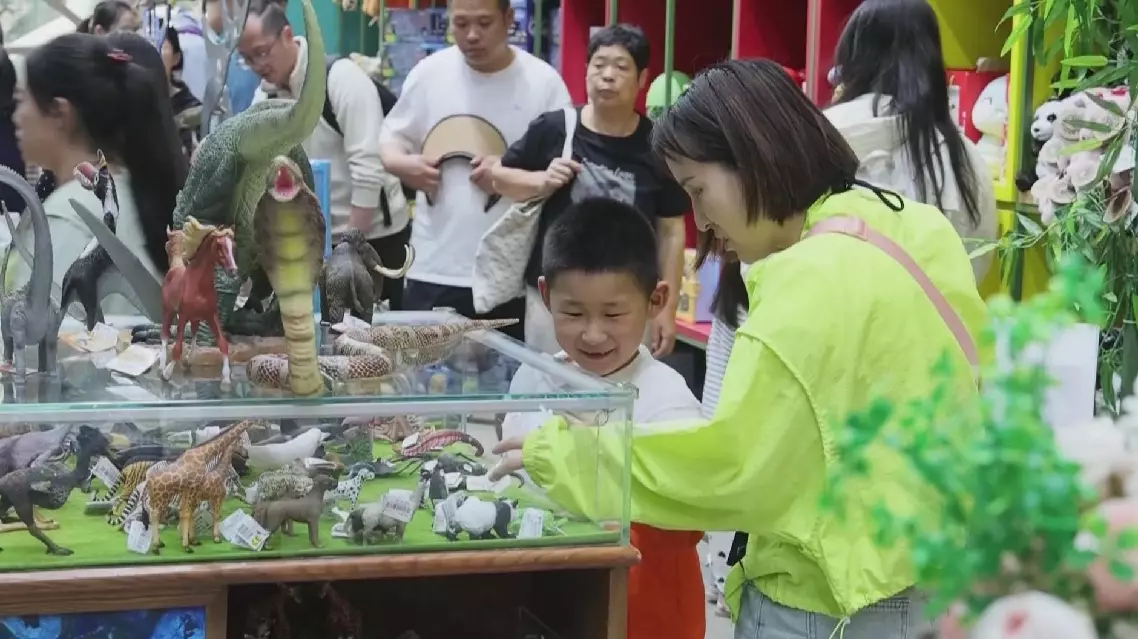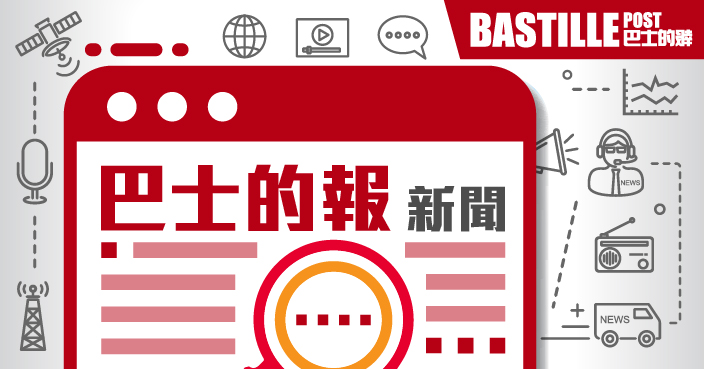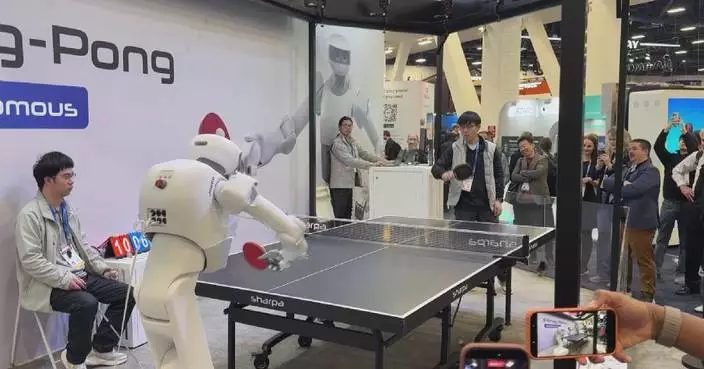Museums across China have been engaging public creativity, offering cultural and nature-inspired experiences and souvenirs that appeal to all ages and take visitors beyond viewing relics behind glass.
With International Museum Day falling on Sunday, China's booming "museum economy" is once again in the spotlight. Over the recent May Day holiday, museums across the country welcomed more than 60 million visitors -- a record-breaking surge that highlights not only the growing public interest in exhibitions, but also a rising enthusiasm for museum-inspired cultural and creative products.
In Shanghai Natural History Museum, a branch of the Shanghai Science and Technology Museum, limited-edition blind boxes featuring miniature versions of the museum's iconic species -- like blue whales and pterosaurs -- are flying off the shelves.
For youngsters, the museum's collection of adorable plush toys is practically irresistible.
"I saw this dolphin (plush toy) in the museum and thought it was really cute, so I wanted to come to the shop and buy one," said a little girl who was visiting the museum.
"She likes dinosaurs and animals a lot. We thought we'd bring her here today. And she spotted this, so we got that. (It's nice that the museum is) helping kids learn more about nature," said a father who took his daughter to the museum.
Visitors can even "taste" cultural creativity, with themed treats like dinosaur-shaped ice cream and coffees adorned with fossil motifs.
"Our annual sales of cultural and creative products are around 40 to 50 million yuan. We focus on themes within our own museum, such as the 'Dinosaur Zone,' 'Rare Species' and 'The River of Life.' Each year, we develop over 300 cultural and creative products," said Bao Lijun, deputy director of the cultural and creative development center at the Shanghai Science and Technology Museum.
In east China's Suzhou, a city with a rich cultural heritage, merchandise inspired by museum treasures such as the famed Sword of King Fuchai has struck a chord with visitors. A plush doll modeled after the ancient weapon has become a viral bestseller thanks to its surprising blend of historical weight and playful design.
"I feel that cultural and creative products are really exquisite nowadays. By buying them, I can learn more about the history behind the artifacts. It's like bringing the museum home with me," said a museum-goer.
As consumer expectations grow, museums are also ramping up innovation.
In Hangzhou, a fridge magnet modeled on a porcelain wine cup -- affectionately nicknamed the "blush cup" for its rosy glaze -- took over six months and 30 rounds of revisions to perfect. Designers insisted on exacting details, down to the shading of pink and green glazes and the placement of tiny decorative spots.
"Over the course of more than half a year, we communicated no less than 30 times before finalizing our final version. The main reason was that it had to be hand-painted -- the pink and green colors had to be absolutely precise," said Qin Fei, general manager of a creative design company in Hangzhou who participated in the making of the artifact.
"We develop no fewer than 50 product categories in a year. Why do we focus on making high-quality products? Because that's what the market demands, and because the visitors' aesthetic standards are getting higher and higher," said Zheng Tingting, deputy director of the publicity and education department of Hangzhou Museum.
Meanwhile, institutions are embracing new technologies to reshape how people experience heritage.
In Changzhou Museum, also in East China, a magnet inspired by the ancient painting "Dongpo Moored at the Pavilion" uses AR to animate a 3D scroll when visitors scan a QR code with their phone. Designers spent months fine-tuning the graphics and optimizing battery efficiency to make the interaction seamless and immersive.
"We want to give cultural and creative products a new kind of vitality and hope to reveal the stories behind the artifacts," said Zuo Jiajia, manager of the gift shop at Changzhou Museum. 【正文】 此外,博物馆也正在从传统的文创产品扩展到数字藏品、原创动漫等多样化的产品新形态,同时更好借助科技赋能,开发更多的数字文创产品。
删【同期】蒋菡 苏州博物馆文化创意部主任 我们今年也是要努力给大家呈现至少超过200款的产品,全部都是我们原创的//去贴近我们的年轻人//(加强)对科技方面的一些应用,未来观众可能他带回去的不仅仅是一个产品,还有一段知识。
Looking ahead, the Suzhou Museum aims to release over 200 new original products this year -- not just physical souvenirs, but digital collectibles and animations tailored for younger generations.
As creativity meets technology, China's museums are transforming themselves from places of quiet observation into vibrant spaces where history is experienced, shared, and taken home.

Creative experiences, products spark passion among Chinese museum-goers









